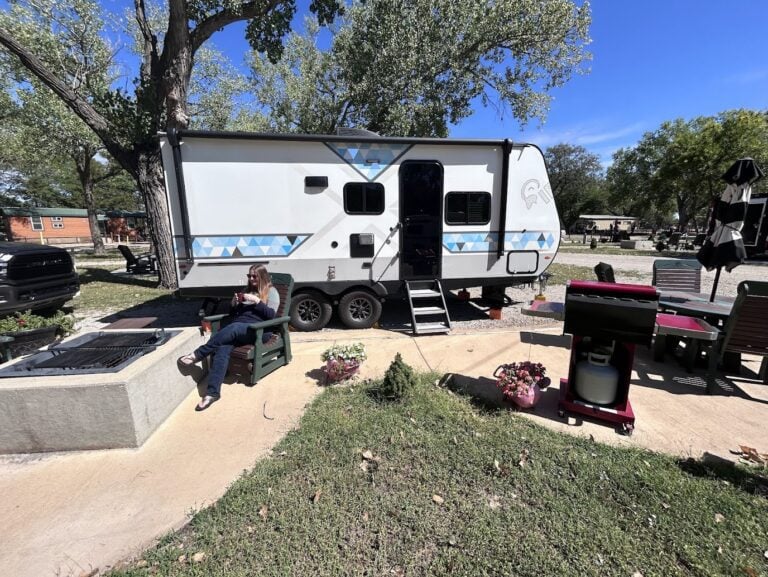This post may contain affiliate links. See our affiliate disclaimer here.
Once you decide to hit the road full-time, you will need to start downsizing for full-time RV living. While it’s clear you will need to get rid of a lot of stuff, it can be hard to decide what to bring and what to leave behind.
After living in RVs for a decade, here is my advice on what you should bring along for the journey and what you should leave behind.
Let’s start downsizing for RV living!
Contents
Should You Rent a Storage Unit?

When we moved into our RV, there were a few items, including family heirlooms and art, that we weren’t ready to part with. However, these items were not going to fit in our new home on wheels. So, we ended up renting the smallest storage unit available (5 feet by 5 feet) to house these sentimental possessions.
After 10 years on the road, we have not needed or used any of the items we stored. We have, however, moved all of these items from one storage unit to another to cut the continually escalating costs of our storage unit.
We plan to empty the unit soon and give the sentimental items to family members, but this would have been a lot easier (and saved us thousands of dollars) if we had made this decision at the start of our journey.
If you plan to live on the road for a shorter time, it is sensible to store furniture and other expensive items. However, if you plan for your RV living journey to last for years, seriously consider whether the storage unit bill is worth holding onto more stuff.
What To Get Rid Of When Downsizing
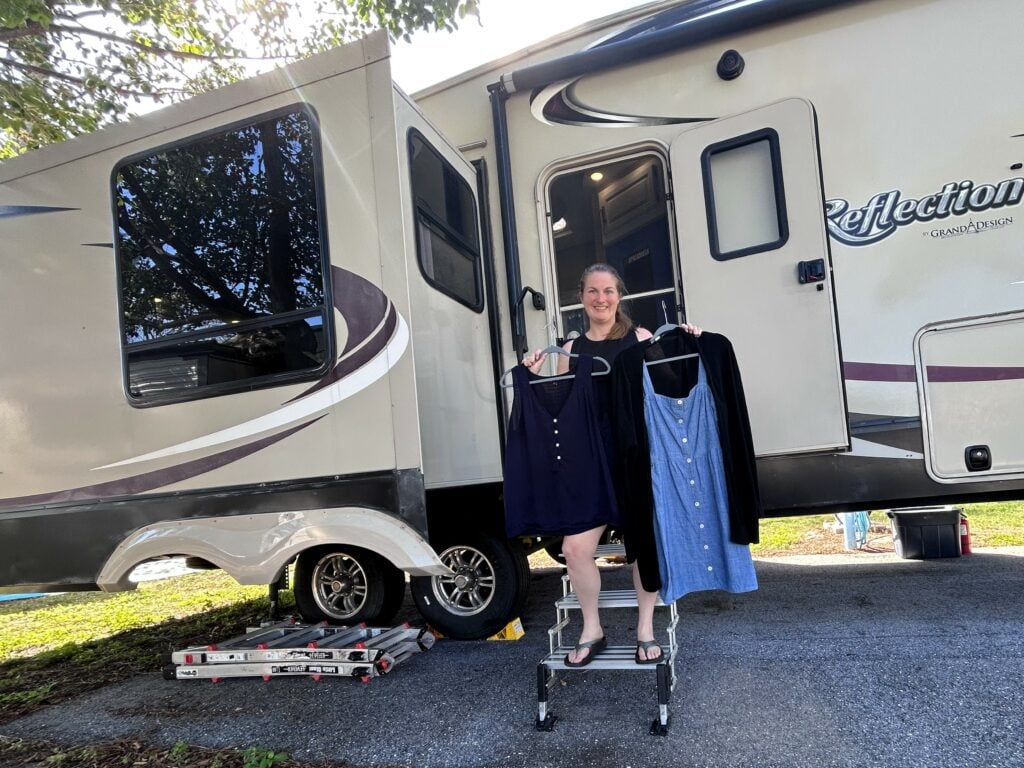
Downsizing for full-time RV living means making tough decisions about what stays and what goes. Start by using the “6-month rule”: If you haven’t used an item in the last six months, it’s time to let it go. Here are some common categories to tackle:
- Bulky Sports Equipment: Ask yourself how often you’ll realistically use items like bikes, kayaks, or fishing gear. Unless you’re a frequent user (at least once a month), these items may not justify the weight and space they take up.
- Clothing: If you haven’t worn an item recently, it’s unlikely you’ll wear it in an RV. Consider building a capsule wardrobe with versatile, weather-appropriate pieces. Think: three pairs of pants, five shirts, a jacket, and a few items for special occasions.
- Office Equipment: Unless you need a printer regularly for work, skip it. When you need to print something, office supply stores or libraries are easy alternatives.
- Sentimental Duplicates: If you have multiple items tied to a memory (e.g., three photo albums of the same event), pick one to keep or digitize the photos instead.
- Single-Use Kitchen Gadgets: Gadgets like egg slicers or avocado peelers take up space but aren’t essential. Stick to multipurpose tools.
- Books: Opt for digital versions to save space. An e-reader is a lightweight alternative. Or if you are like me and prefer physical copies, keep only one book at a time and give it away as soon as you are finished reading.
Pro Tip: Host a garage sale or list unwanted items online to make extra cash before hitting the road. It’s a great way to fund your RV adventures!
What to Keep: Must-Have Items for RV Living
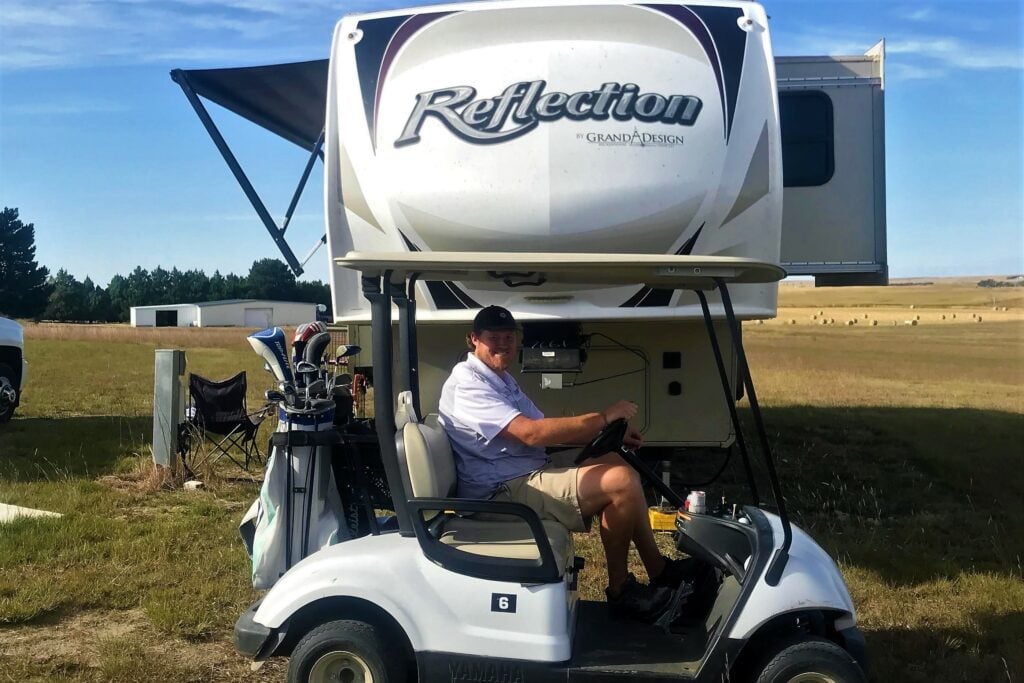
While downsizing, focus on keeping items that align with your daily life and hobbies. Here’s what should make the cut:
- Your Pets’ and Kids’ Comforts: Pets and children can feel stressed in a new environment, so bring familiar items like bedding, blankets, favorite toys, pet beds, and scratch pads. Just be mindful of space limitations—a three-story cat condo or a huge play kitchen probably won’t fit.
- Hobby Gear: Love golfing? Bring the clubs. Kayaking on every river you find? Keep the kayak. Downsizing doesn’t mean giving up the things you love; it means prioritizing what truly brings you joy.
- Outdoor Essentials: You’ll spend plenty of time outside, so pack camping chairs, a hammock, and any other outdoor furniture that helps you relax and enjoy the view.
- RV Living Gear: Stock your rig with the essentials. For example, collapsible kitchen gadgets save space while still being functional. Check out our RV essentials checklist for must-have items before your first trip.
- Emergency Supplies: Pack a first-aid kit, basic tools, and roadside repair items (jack, tire pressure gauge, etc.) for unexpected situations.
What to Limit: Finding Balance in the Gray Areas
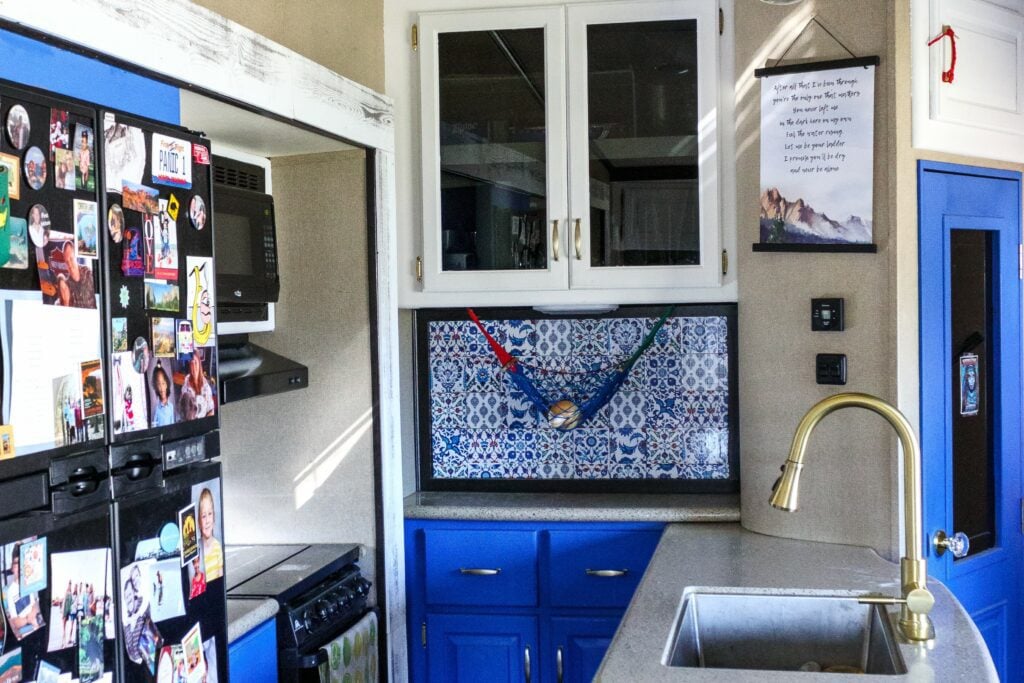
Some categories fall somewhere between “ditch it” and “keep it,” and these require careful consideration. Here’s how to limit excess:
- Clothes: Lay out all your clothing and evaluate how much you’ll actually wear. Think about your new lifestyle—you’ll likely need more casual or outdoor-friendly outfits and fewer formal pieces. Limit your wardrobe to items that work across multiple seasons and occasions.
- Shoes: Limit shoes to essentials. A good rule is one pair of each of dress shoes, hiking boots, tennis shoes, and sandals. Anything beyond this should be highly functional or used regularly.
- Kitchen Gadgets: Only bring appliances and tools you use regularly. For example, a coffee maker or smoothie blender might be essential, but specialty gadgets like bread makers or waffle irons are better left behind. Stick to unbreakable plates and cups to avoid headaches on bumpy roads.
- Art and Décor: Personalizing your RV is important, but space is limited. Choose one or two sentimental pieces to bring along, like a special photo or a small piece of wall art, and leave the rest. Remember, every move means packing and securing these items.
- Cleaning Supplies: RVs have limited storage space, so stick to multi-surface cleaners and microfiber cloths instead of a separate product for every surface.
- Toys for Kids or Pets: Choose toys that are durable, compact, and easily stored. Rotate a small selection instead of bringing everything.
Pro Tip: Take a “dry run” by setting aside what you plan to pack, then see how it fits in your RV. Adjust as needed before committing.
Practical Downsizing Tips for Full-Time RV Living
- Start Small: Tackle one room at a time to avoid feeling overwhelmed.
- Digitize Where Possible: Scan important documents and photos to save space while keeping your memories and records safe.
- Use the One-Year Box Rule: For sentimental items you’re unsure about, put them in a box with a one-year label. If you don’t open it in a year, you probably don’t need it.
- Test Your Choices: Before selling or donating, try living with just your downsized belongings for a week to see if anything feels missing or excessive.
- One Item in, One Item Out: To avoid accumulating more stuff while you are traveling, follow the “one item in, one item out rule.” For everything you purchase, something else must be sold or donated.
My final piece of advice is simple. Trust your gut when downsizing for full-time RV living. Only you know what is most important for your family to be happy and healthy.
Happy Camping!
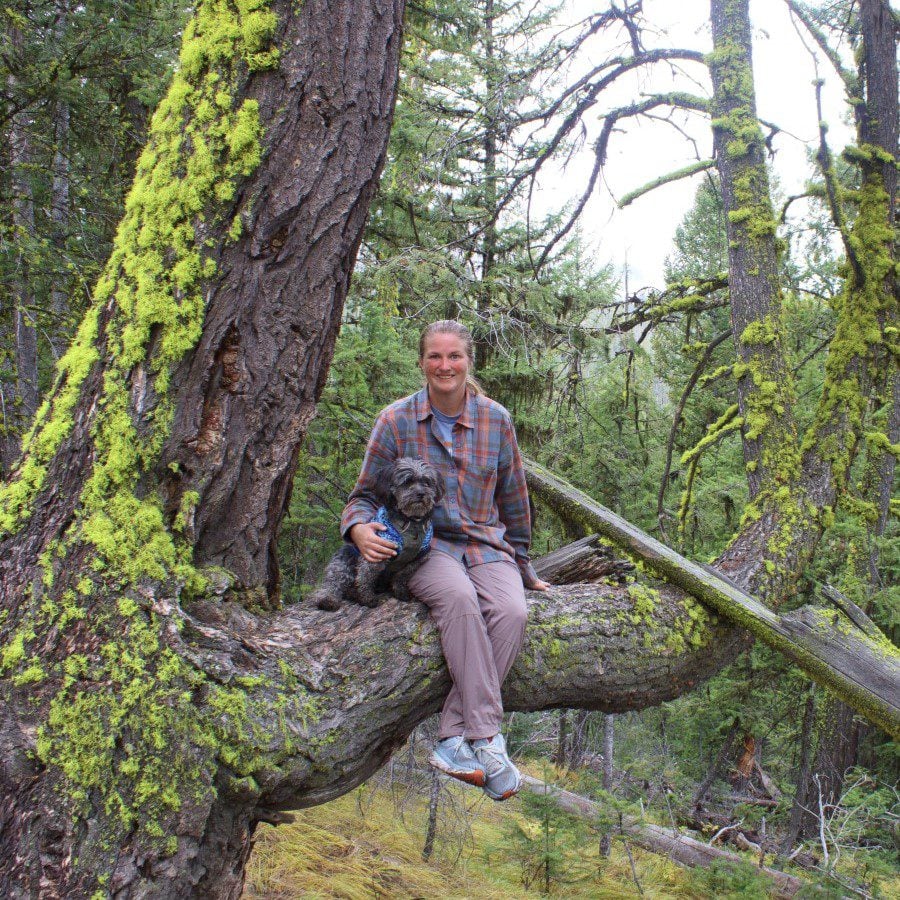
Christina Pate is a seasoned full-time RVer who, along with her husband Justin, has journeyed across the US, Canada, and Mexico. Drawing from her extensive travels, RV repairs and RV renovations, she founded Travels with Ted to guide and inspire fellow RV enthusiasts. Christina is also the co-author of The Owner’s Guide to RV Maintenance and the creator of My RV Log Book.

